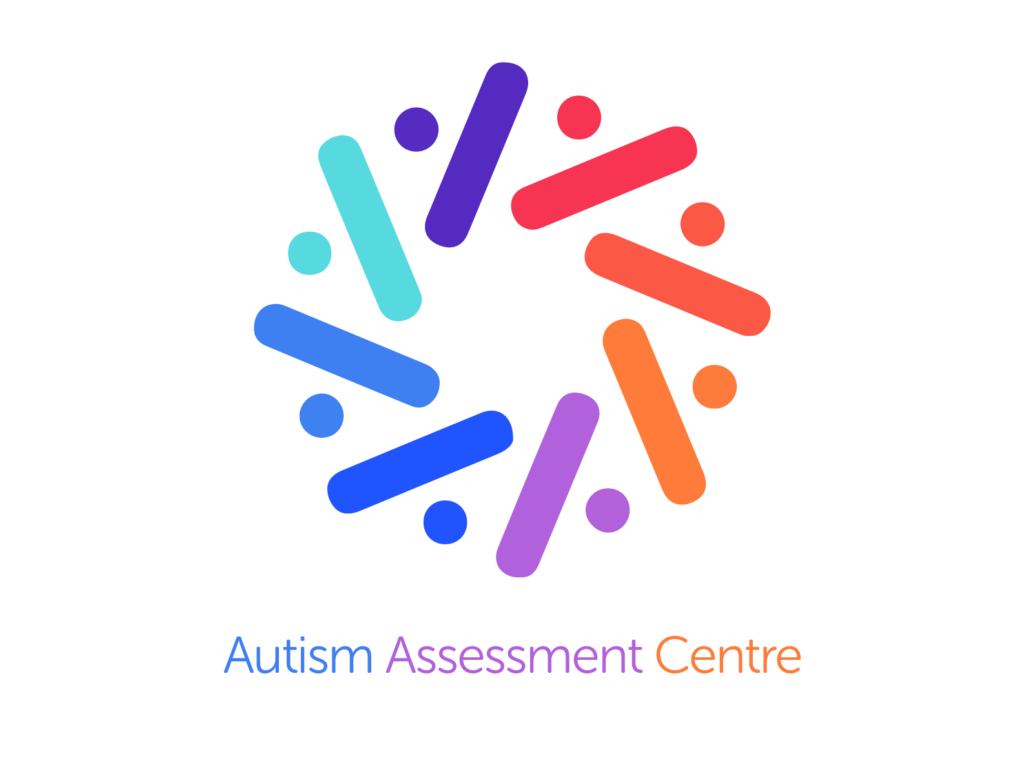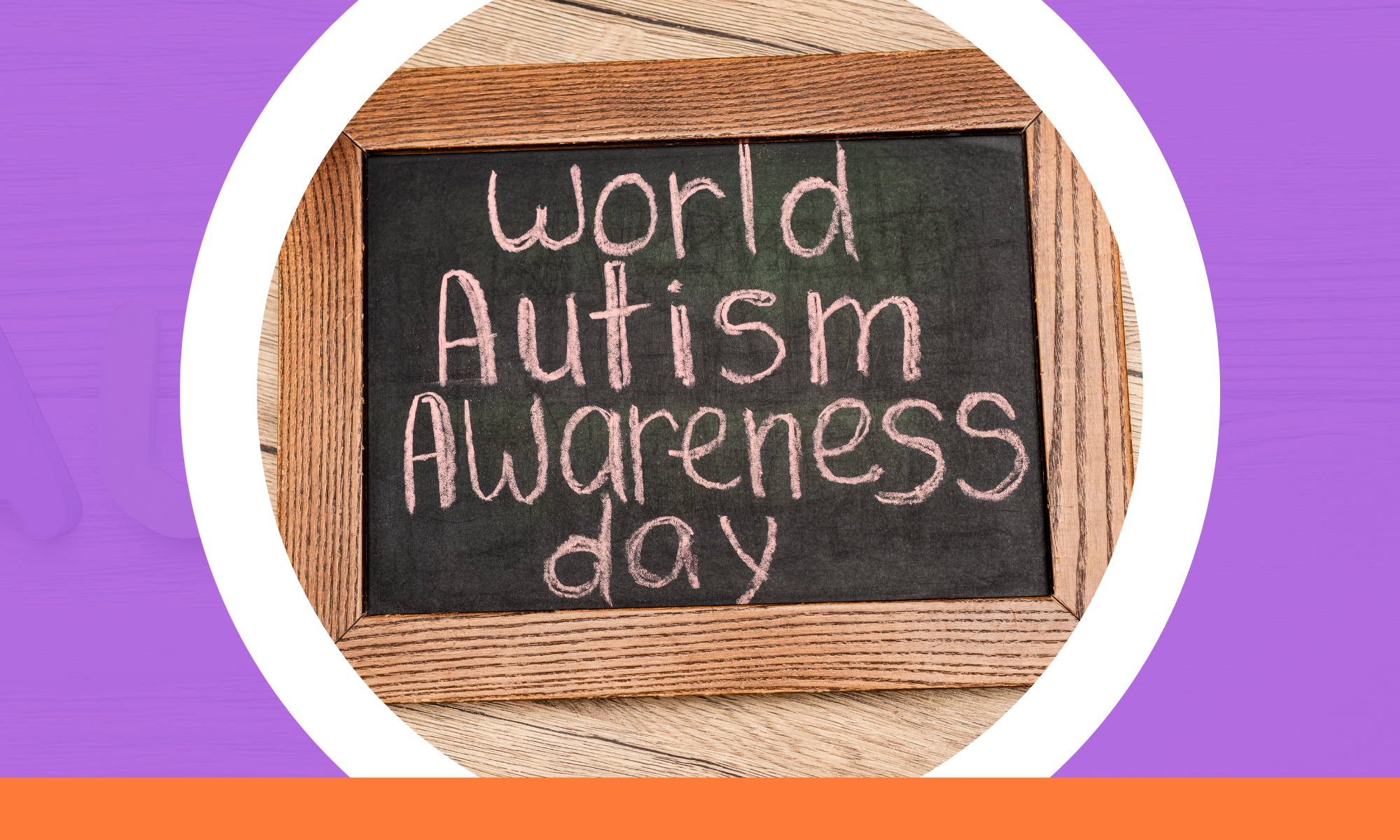Creating a Supportive Home Environment for Children with Autism
Creating a supportive home environment for children with autism is essential. They require a home environment that is both loving and supportive in order to help them flourish. Having a safe, predictable atmosphere within the home can make it easier to reduce stress. Developing an understanding of your child’s unique needs combined with positive living strategies will create an encouraging home environment for everyone. There are many factors involved when creating a supportive home environment for children with autism.
Create a Predictable Routine
It is important for parents to establish a predictable, consistent routine. This helps children feel secure and safe. Having a predictable daily schedule and routine can provide structure and comfort.
Children with autism can often feel very overwhelmed by their environment and having structure can alleviate some of that stress. It helps them to understand and anticipate what happens next, leading to improved emotional regulation, fewer behavior outbursts, and increased independence.
Routine can be based around:
There are certain ways to implement this routine such as: creating visual supports like pictures, diagrams, and written schedules. This can help them to understand what is expected of them throughout the day. Try to make the visuals as clear and concise as possible.
Reduce Sensory Overload

Children with autism can also be sensitive to noise, light and other sensory stimuli. Try to reduce these sources of stress with noise-cancelling headphones, low-level lighting, and other calming strategies.
Ways in which sensory overload can be eased and prevented are:
Finding the right balance of sensory input is essential and helps them to enjoy life more comfortably and functionally. By taking the time to learn, receive assistance and practice, both parent and child can work together to reduce the amount of sensory input making life simpler for both.
Did You Know?
It is estimated that autism affects around 1 per cent of the populace, with a disproportionately higher number of male individuals experiencing the condition.

Encourage Communication
It’s important to encourage communication. Early intervention when a child has communication differences is crucial. It is good to determine your child’s communication level first and then proceed from there. Offer visual supports, such as pictures or symbols, to help them express their needs and feelings.
Non-verbal autism describes people with autism who cannot speak or can only speak a few words. About 25–30% of autistic individuals are nonspeaking or minimally speaking. Support for non-verbal autism includes: speech therapy and behavioral therapy.
At our Autism Assessment Centre, Speech and Language Therapists work with anyone who may be experiencing a range of traits in relation to their speech, language and communication skills. Here are some of examples of who may benefit from a speech and language therapy assessment:
There are many other ways non-verbal children can communicate:
– Through facial expressions.
– Through gestures.
– Pointing to letters to spell words.
– Writing.
Connecting with other families who have autistic children can also help to provide a support system for both you and your child, as sharing experiences and resources can be beneficial for everybody.
It is necessary to create an open environment where parents feel comfortable having age-related conversations about autism. Creating a place for children where freedom of speech is encouraged, provides an invaluable foundation for their continuing growth.
Ways to Encourage Communication
– Keep language simple to avoid confusion.
– Give your child time to respond.
– Props can be used such as signs as well as hand gestures.
– Reward positive behaviour to encourage communication.
– Have a positive attitude which allows them to have one too.
Offer Choices
Children with autism often need more control over their environment, so offering choices can be beneficial. It can be incorporated into their daily routine. The ability to have control over even the smallest of decisions leads to increased participation and motivation in both educational and recreational activities. It allows them to express their interests and gives them a sense of control over their situation. In turn, this creates a supportive home environment for children with autism.
Choice boards are a great way for children to make their own choices. These are based on what kind of motor or communication skills the child has. A whiteboard can be used for this and the items that the child can choose from can be stuck to or drawn onto the choice board, giving them a visual aid. This can decrease anxiety and for the child.

Ways in which you can offer them choices are:
Allowing these choices can help children to feel more confident and empowered. By letting them decide how to approach situations, no matter how big or small, we can create an even brighter future for them to experience.
By following these steps and remaining consistent with expectations and rules in your home environment, you can create a safe space for your child. A home where love, respect, and understanding is available. With the right support system it is entirely possible for parents to raise happy and successful individuals.
A healthy living environment using the above techniques will enable them to engage more fully with the world around them, allowing them to unlock their potential and have more enjoyable and fulfilling experiences in life.














